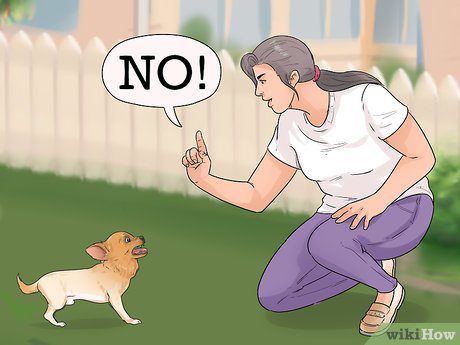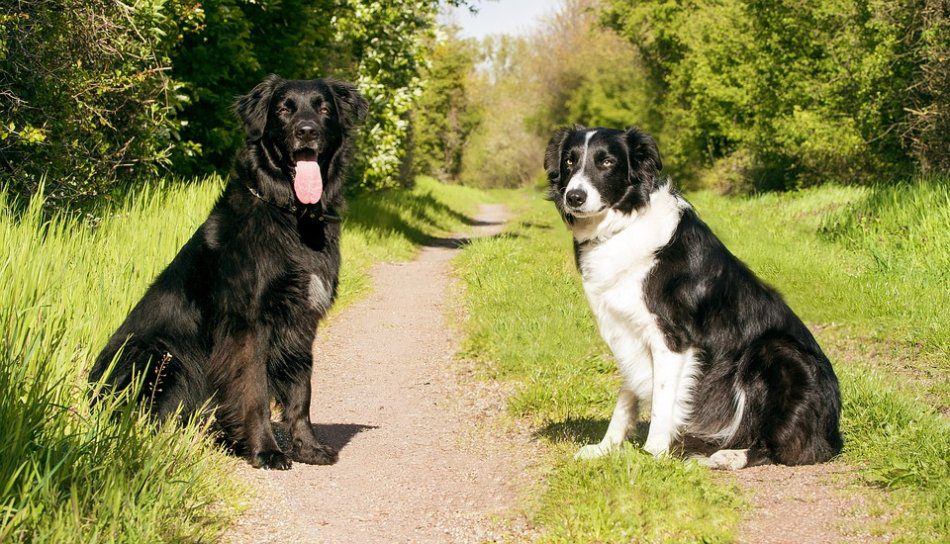
disciplined dog
Of course, every owner wants his dog to learn and follow the rules of living in a family, that is, to be disciplined and safe. However, for centuries, dogs have been raised exclusively by violent methods, and any other approach has been associated with permissiveness. But are discipline and violence related? Is it possible to get a disciplined dog using humane methods in education and training?
Of course you can! It’s important to know how to do it right.


Photo: pxhere
Why is violence in dog training harmful?
Fortunately, scientists have learned more about the psychology and behavior of dogs in the last couple of decades than in all previous millennia. And no one who has read the results of the research will deny that the path based on violence is unacceptable cruelty in dealing with these amazing creatures. And a well-mannered, disciplined dog can be obtained by interacting with it exclusively by humane methods. Agree, this is much more pleasant for both the dog and the owner (unless, of course, he has sadistic inclinations, but this is the area of psychopathology, which we will not delve into here).
Of course, in the life of any dog there must be rules. But they are needed in order to streamline the dog’s life, to bring predictability into it, and not to intimidate it.
Violent methods such as beating, jerking with a leash, strangling, alpha flips and other remnants of a terrible past cannot be used against a dog. These are methods that are still actively recommended by some dog handlers who lack the desire or skill to master a different approach – after all, “people eat”.
Violence was justified (and continues to be justified) by the fact that it allegedly helps to prove who is “the head of the pack.” However, in fact, it only undermines the dog’s trust in a person, and can also provoke retaliatory aggression or form learned helplessness. The concept of dominance of dogs over humans has long been recognized as untenable, as it was built on erroneous assumptions that have nothing to do with reality. But all the same, they continue to carry it to the masses with enviable persistence. And many owners are proud of how they “tame” dominants. Although there is absolutely nothing to be proud of here …




Photo: maxpixel
How to raise a disciplined dog without violence?
Dogs are NOT trying to dominate or enslave the Homo sapiens species. They are only trying to adapt to the conditions that the owners have created for them. No more no less. And the task of a competent and responsible owner is to help the pet, and not aggravate the situation with their own cruelty.
The main ways to raise a disciplined dog:
- Creation of acceptable living conditions.
- Creating conditions so that problem behavior does not manifest itself (situation management). Because, as you know, prevention is the best cure.
- Teaching good behavior through rewards. Choose the right reward “here and now” and reinforce at the right time. Convince your dog that it is safe to deal with you, and that cooperation is pleasant and profitable.
- Gradual increase in the level of requirements, the principle “from simple to complex”.
- Ignoring the problem behavior (behavior that is not reinforced fades away), either switching and learning an acceptable alternative (because motivation somehow requires satisfaction), or the use of negative punishment (for example, stopping the game or timeout) – depending on which is more appropriate in a particular situation. These methods of correction are understandable to the dog, they teach them to make the right choice and are not a source of additional stress for them.
These rules apply to any dog, regardless of size or breed. The task of the owner is to learn how to use them. And finally stop blaming the dog for all mortal sins.




Photo: pixabay
It is not as difficult as it might seem, the main thing is the desire and … a little bit of self-discipline. After all, man is a rational being. So, maybe you should use the mind in building relationships with a four-legged friend?







